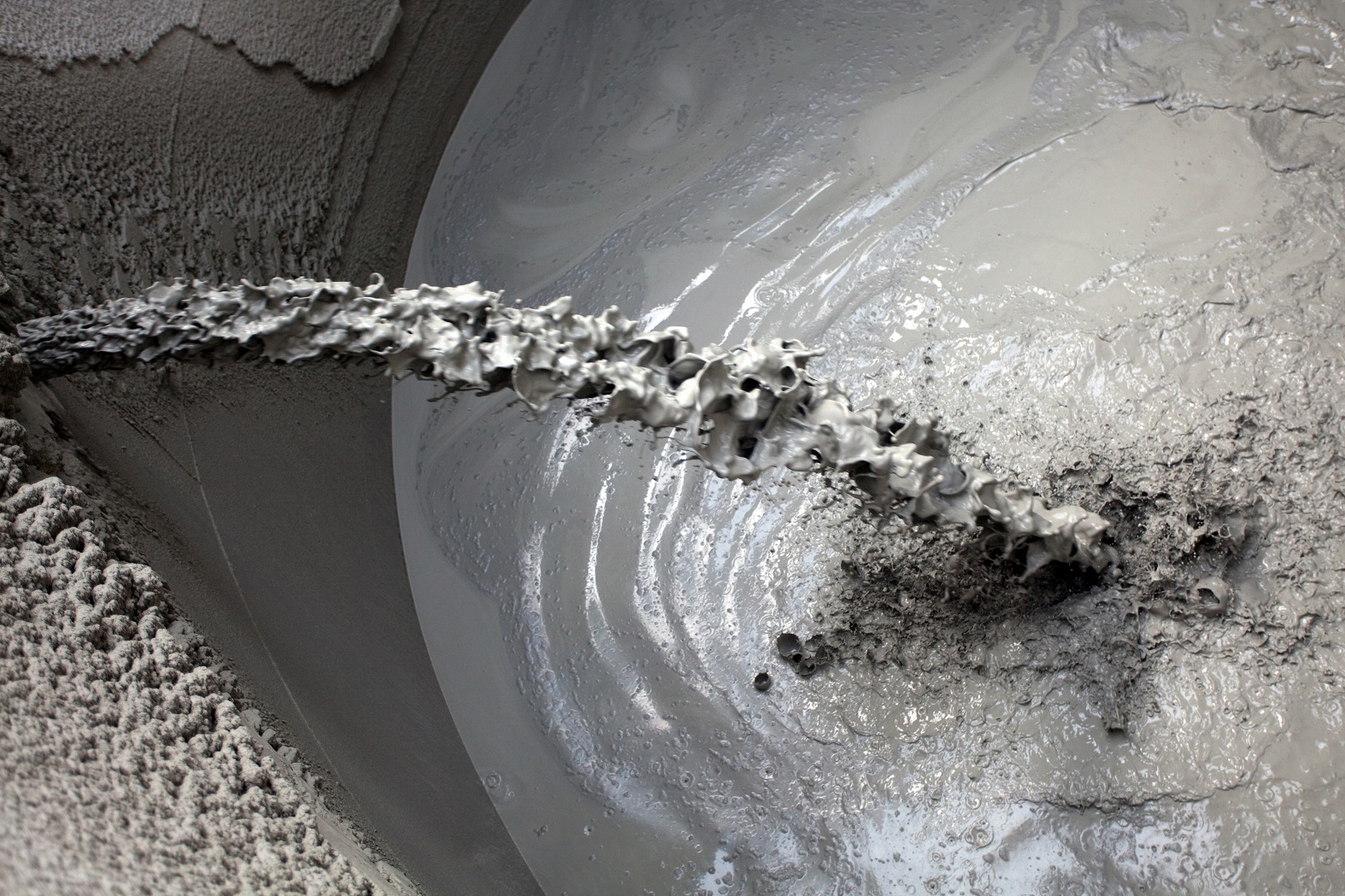
The report, Decarbonising Concrete: Deep decarbonisation pathways for the cement and concrete cycle in the United States, India, and China, shows in greater detail than ever before multiple ways to drive the cement industry toward net-zero emissions by mid-century, including production-side mitigation measures, research and development, and demand reduction by increasing the use of lean construction and other sustainable building materials.
Concrete is the second most used substance in the world after water. Demand for it continues to rise globally, especially in the biggest consuming countries of China, India, and the U.S. Concrete is responsible for almost 10% of energy-related CO2 emissions, primarily due to the high heat required to make it and the CO2 emissions from the chemical reactions involved.
“As the world rapidly approaches 1.5°C of warming, we need to be more ambitious in our efforts to reduce greenhouse gas emissions from cement and concrete,” said Surabi Menon, vice president of Global Intelligence at ClimateWorks Foundation. “The need is becoming even more acute as governments — the U.S. included — increasingly turn to investments in infrastructure as a way to help economies recover from the Covid-19 pandemic.”
The report presents a cradle-to-grave analysis of the entire cement and concrete cycle, identifying the key decarbonisation levers and opportunities and modelling the combined contribution of these approaches. Using real-world data to generate illustrative pathways for mid-century decarbonisation, the report specifies 30 levers for lowering emissions, including both conventional approaches, such as more efficient kilns and greater use of bio-derived fuels, and emerging technologies such as greener cement chemistries, materials efficiency, and carbon capture and utilisation.
Eric Masanet, the project’s principal investigator, said: “One clear conclusion we arrived at in the course of our research is that there is no single solution, but rather a range of small and large changes that will be necessary to achieve net-zero emission targets.
Zhi Cao, the project’s lead analyst, added: “Our report offers a rich and detailed blueprint for governments and companies looking to support economy-wide decarbonisation goals.”
The research examines two scenarios for how cement and concrete can be decarbonised across the life cycle — production-centric and whole-systems. The production-centric approach explores ways to reach net-zero emissions solely through measures that reduce the carbon intensity of cement and concrete production. This scenario is in line with existing business models, leverages technological improvements to the cement and concrete manufacturing processes, and primarily relies on the cement and concrete industries to take action.
In contrast, the whole-systems scenario considers a wider portfolio of levers, emphasising reducing demand for cement and concrete. Success with this approach will require embracing new business models, technological advancement, and the need for rapid development of enabling policy regimes, including the mobilisation of support from a larger group of stakeholders ranging from architects to the general public.
For more on the report, read ClimateWorks’ blog here and download the full report here.










